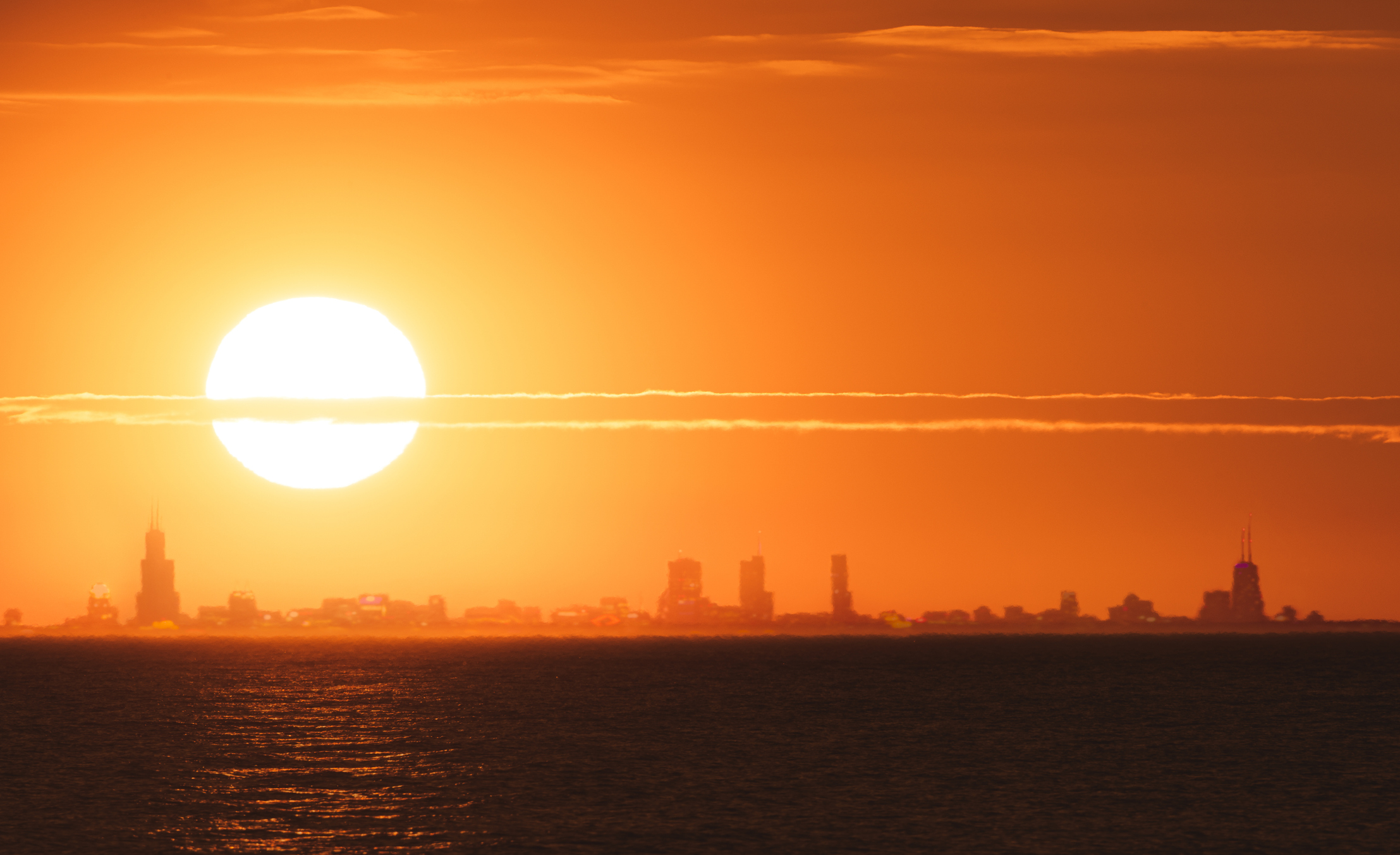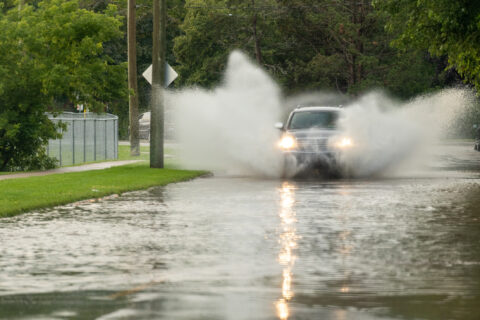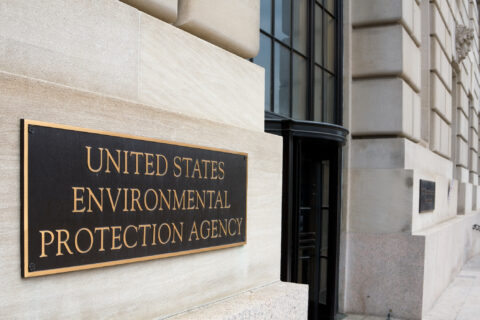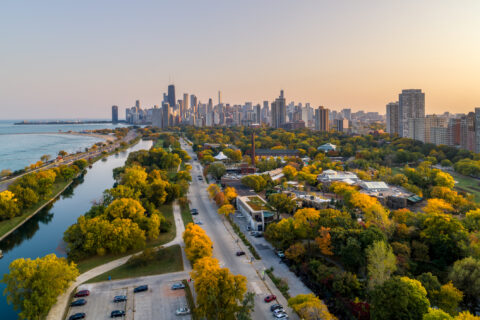According to scientists from National Oceanic and Atmospheric Administration’s National Centers for Environmental Information, 2024 was the planet’s warmest year on record, with North America breaking its own continental heat record as well. With this finding, 2024 joins the alarming list of the top ten warmest years on record, all of which have occurred within the last decade. Yet, 2024 will likely be cooler than those in the coming years.
Communities are Feeling the Heat
Municipalities in Texas’ Rio Grande Valley suffered from multiple heatwaves spanning from summer into autumn, with cities like McAllen experiencing record-breaking highs of 94°F in November. Las Vegas, Nevada experienced its own record of 112 days over 100°F in 2024.
It’s not just the southwest that’s suffering from extreme heat. Municipalities in the eastern U.S. faced an unexpected heat dome in June 2024 impacting over 100 million people across 27 states.
Also of significance, a new study finds that 2024 appears to have exceeded the target set in conjunction with the Paris Climate Agreement to limit warming to 1.5 °C/ 2.7 °F above pre-industrial levels to minimize the catastrophic impact, cost and severity of global warming. Warming beyond this scientific target is likely to lead to increasingly devastating impacts on cities, with extreme weather events — such as extreme heat — increasing in occurrence, raising rates of heat-related illnesses and mortality. The time is now for urban and rural communities to prepare for escalating temperatures.
What is Extreme Heat?
According to the U.S. Department of Homeland Security, extreme heat can be defined as periods of high heat and humidity when temperatures exceed 90°F for at least two to three days. This extreme heat creates a serious strain on both urban and rural areas, creating energy burdens, straining power grids, exacerbating mortality rates and disruption of local economies.
Domestically, the U.S. loses an average of $100 billion each year from heat-related events, which is often more than the annual hurricane damage sustained in the U.S. (for example, the 2020 hurricane season cost an estimated $60-$65 billion).
It is projected that costs associated with extreme heat will increase to $500 billion by 2050. Most heat-related costs come from agricultural losses, businesses closing, loss of worker productivity, infrastructure, health care and extra energy costs for residents. A 2021 study in Phoenix, AZ found that extreme heat costs an annual $7.3 million in emergency room visits and hospitalizations and over $100 million annually for roadway maintenance due to buckling and cracking under high temperatures. Additionally, over 8,500 deaths annually are associated with extreme heat events. With an aging population and more people moving south, this number is expected to increase.
As we continue into 2025, U.S. cities can expect to see significant increases and intensity of extreme weather events like heatwaves that impact our infrastructure, health, environment and economy.
Inaction on heat mitigation will ultimately result in a $400 billion increase in cost, but municipalities acting today will save billions of dollars in the future.
That same study on Phoenix, for example, discovered the metropolitan area could save as much as $280 million annually in avoidable losses through the installation of cool roofs on a third of all structures. To realize the greatest benefit-costs, municipalities are advised to take immediate action to mitigate and prepare for extreme heat events. In anticipation of yet another challenging heat season, local governments can take advantage of several opportunities and resources to become more heat resilient.
Opportunity for Action
The Smart Surfaces Coalition launched the Smart Surfaces Peer Learning Network in February 2025 to connect urban infrastructure practitioners nationwide with resources for Smart Surfaces project design, funding opportunities and policy development.
What is a Smart Surface?
Smart Surfaces are horizontal nature-based, green infrastructure interventions that include (but are not limited to) reflective (cool) roofs and pavements, porous and permeable pavements, green roofs, solar PV, trees and combinations of these surfaces. When deployed, Smart Surfaces can help mitigate both extreme heat and urban flooding, reduce energy burdens, improve public health and save municipalities money among other benefits.
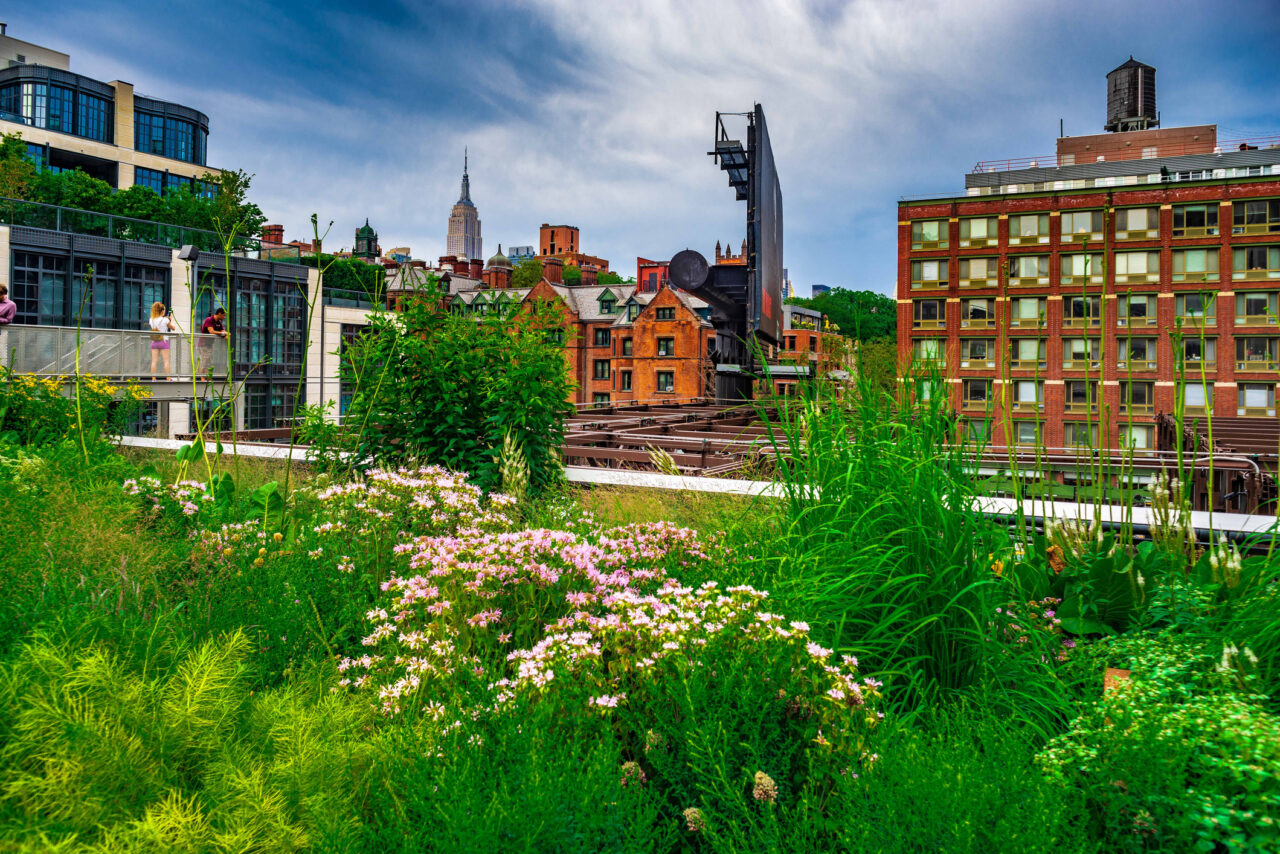
Join the Smart Surfaces Peer Learning Network
This Smart Surfaces Peer Learning Network builds off SSC’s Cities for Smart Surfaces Initiative, a multi-year collaborative effort with 10 U.S. cities to deliver life-saving heat and flood reductions and help communities save money through Smart Surfaces infrastructure implementation.
Extreme Heat Resources
- Arsht-Rock’s Heat Action Platform exists as a comprehensive resource for practitioners and policymakers to assess, plan, implement and evaluate heat resilience projects and programs that are the best fit for your municipality.
- The American Public Health Association’s Extreme Heat Resource Hub allows users to discover actionable steps to address the challenges of extreme heat, from raising public awareness to strengthening healthcare system preparedness to advocating for heat-resilient communities.
- Opportunities for free resources, such as Neighborhood Forests, exist to partner with schools, libraries and youth groups to distribute trees at no cost. These initiatives help foster nature connection while strengthening nature-based solutions that reduce extreme heat.
- Created by American Forests, the Tree Equity Score prioritizes human-centered investments by measuring how well the benefits of urban tree canopy — such as job creation, dollars saved, pollution reduction and heat mitigation — are reaching those who need them most. The platform also includes resources such as case studies, implementation guides and worksheets to help communities build their capacity for urban forestry.
The National League of Cities also offers resources on how cities can protect at-risk residents. Stay tuned this year as NLC shares more on community resilience, Smart Surfaces, Nature-based Solutions and other strategies to tackle extreme heat in communities.
